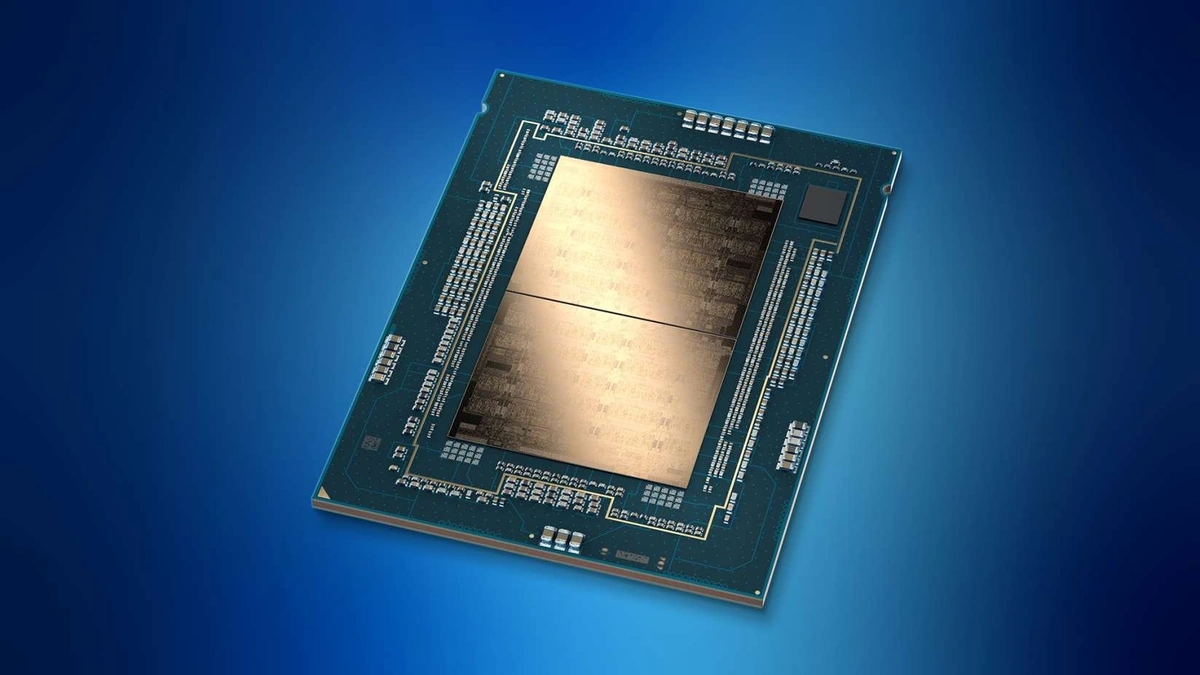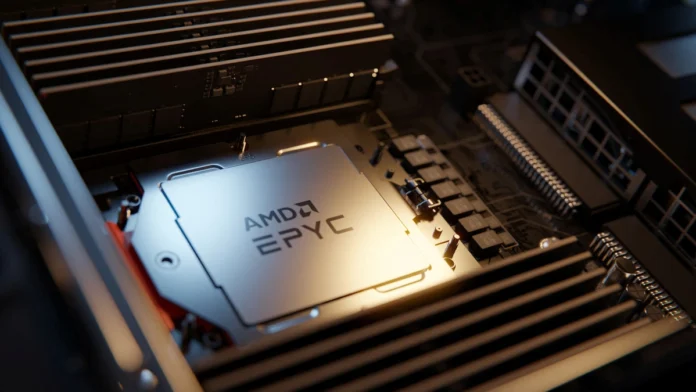Okay, let’s be real. New data center processors usually don’t make headlines outside of tech circles. But Intel’s announcement of the Clearwater Forest architecture and the grand opening of Fab 52 in Arizona? That’s a double whammy with implications that ripple way beyond just faster servers. What fascinates me is how this all connects to India’s growing tech landscape and its ambition to become a global data hub.
We are looking at a fundamental shift. It’s not just about speed; it’s about efficiency, security, and, crucially, where these processors are being made. Forget just reading the press release – let’s dive into the why behind this news and what it really means for India.
Why Clearwater Forest Matters | A Deep Dive

Here’s the thing: the Clearwater Forest architecture isn’t just another incremental upgrade. We’re talking about a completely new design philosophy focused on efficiency and scalability. Intel is betting big on a chiplet-based design, disaggregating the core CPU into individual tiles. These individual tiles mean optimized resources and cost efficiency. What does that mean for us? Lower power consumption, higher density, and ultimately, lower costs for data center operations . Now, why does this matter to India?
India’s data consumption is exploding. From streaming services to e-commerce to the burgeoning AI sector, the demand for data processing power is insatiable. Efficient data centers are the backbone of this digital revolution. Clearwater Forest promises to deliver more bang for the buck, making it a potential game-changer for Indian businesses looking to scale their digital infrastructure without breaking the bank.
And let’s not forget security. With increasing cyber threats, the security capabilities baked into the Clearwater Forest data center processor architecture are paramount. The more secure the processing, the more secure the data flowing through Indian servers, the more secure the data of a billion plus citizens.
Arizona Fab 52 | More Than Just a Factory
So, Intel opens Fab 52. Big deal, right? Wrong. This isn’t just about adding more manufacturing capacity. It’s about diversifying the global supply chain and reducing reliance on a few key regions. And that, my friend, has huge geopolitical implications, especially for India. The US Innovation and Competition Act (USICA) and Creating Helpful Incentives to Produce Semiconductors (CHIPS) Act is proof of it.
But consider this: A geographically diverse supply chain is inherently more resilient. In a world of increasing uncertainty, having more manufacturing hubs reduces the risk of disruptions caused by natural disasters, geopolitical tensions, or even a stray cargo ship getting stuck in a canal (yes, I’m looking at you, Suez!). For India, this means a more stable and reliable supply of critical components for its own growing electronics manufacturing industry.
What fascinates me the most is Intel’s plans to develop a complete chip ecosystem, from silicon to software, right here in India. The combination of Clearwater Forest architecture in data centers and the possibility of chips being used from Fab 52 in Arizona can do wonders to the Indian tech ecosystem.
The Impact on India’s Tech Ecosystem
Let’s get down to brass tacks. How does all this affect the average techie or business owner in India? The answer is multi-layered. First, the increased efficiency of data centers powered by Clearwater Forest translates to lower costs for cloud services. This benefits everyone from startups to established enterprises, allowing them to access more computing power at a lower price. It’s about democratizing access to technology. Think about the potential for innovation when small businesses can leverage cutting-edge technology without a massive capital outlay.
Secondly, a more secure and reliable supply chain fosters confidence and encourages investment. Knowing that the essential components are less vulnerable to disruptions makes India a more attractive destination for tech companies looking to set up shop or expand their operations. A simple announcement can have a significant impact on the economy.
Thirdly, the skills and knowledge transfer associated with a global tech giant like Intel investing heavily in manufacturing and R&D in places like India is invaluable. It creates opportunities for Indian engineers and scientists to work on cutting-edge technologies and contribute to the global innovation ecosystem.
The Challenge | Embracing the Opportunity
Of course, it’s not all sunshine and roses. India needs to be proactive in creating an environment that encourages further investment and innovation. This includes streamlining regulations, improving infrastructure, and fostering a skilled workforce. The government, industry, and academia need to work together to seize the opportunity presented by these developments. We are looking at an opportunity that requires preparation and hard work.
A common mistake I see is a lack of focus on skill development. We need to train our workforce to effectively utilize and maintain the technologies powering these advanced data centers. This requires a concerted effort to upgrade educational curricula and provide industry-relevant training programs.
Let me rephrase that for clarity… it isn’t enough to simply import the technology. We need to build the skills and expertise to truly own and innovate upon it.
Future-Proofing India’s Digital Infrastructure
What fascinates me is the long game. This isn’t just about meeting current demand. It’s about building a future-proof digital infrastructure that can support the next wave of technological advancements. As AI, machine learning, and the Internet of Things become more pervasive, the need for efficient, secure, and scalable data centers will only grow.
So, what does this mean for India? It means becoming a global leader in data processing and analytics. It means attracting investment from around the world. It means creating high-paying jobs and driving economic growth. But it also means taking bold steps to embrace innovation and foster a culture of continuous learning.
Let’s be honest, the future belongs to those who can harness the power of data. And with developments like Intel’s Clearwater Forest architecture and the opening of Fab 52, India has a unique opportunity to position itself at the forefront of this revolution.
FAQ Section
Frequently Asked Questions
What exactly is the Clearwater Forest architecture?
It’s Intel’s new data center processor architecture focused on efficiency and scalability, using a chiplet-based design for improved performance and power consumption.
Why is Fab 52 in Arizona important?
It diversifies the global supply chain, reducing reliance on specific regions and increasing the resilience of the electronics industry.
How does this benefit Indian businesses?
Lower costs for cloud services, a more reliable supply chain, and opportunities for skills development and technology transfer.
What steps does India need to take to maximize this opportunity?
Streamline regulations, improve infrastructure, and invest in a skilled workforce.
What are chiplets?
Chiplets are small integrated circuits that are designed to perform a dedicated function. These chiplets are fabricated independently and then packaged together using advanced packaging technology to perform as a single System-on-Chip.
How will data center processor architecture reduce costs?
The new architecture focuses on chiplets, which offer efficiency. That efficiency means lower power consumption, meaning lower cost.
My final thought? This isn’t just about chips and factories. It’s about India’s potential to become a global tech powerhouse. The pieces are in place – it’s up to us to connect them.



